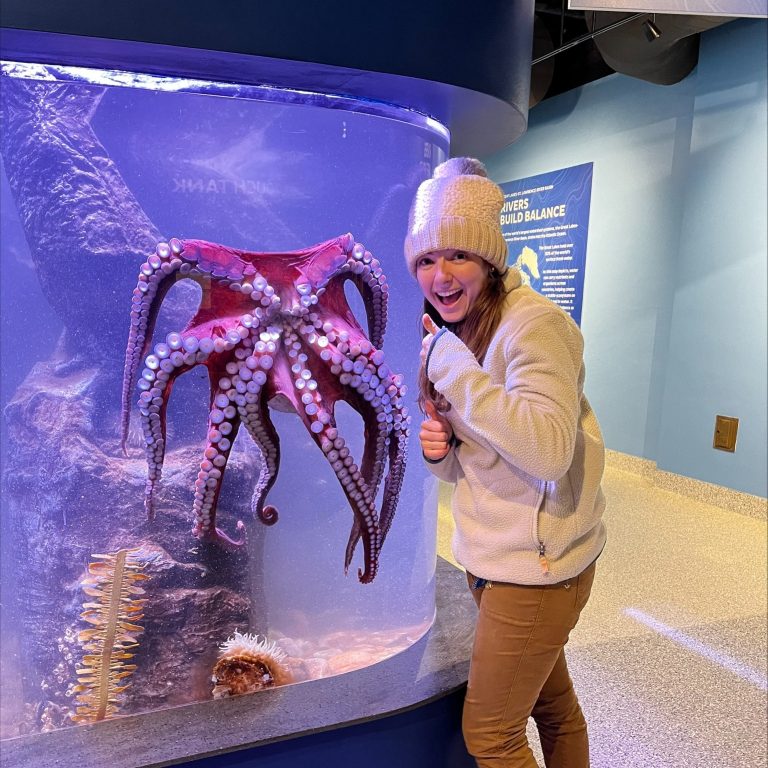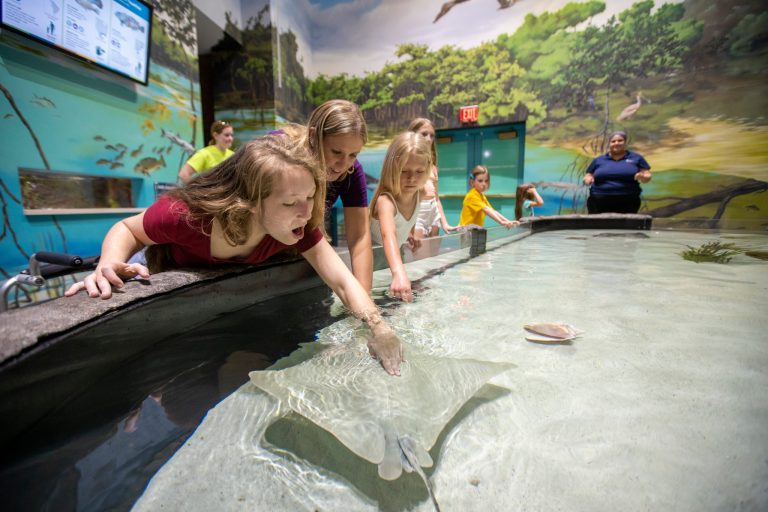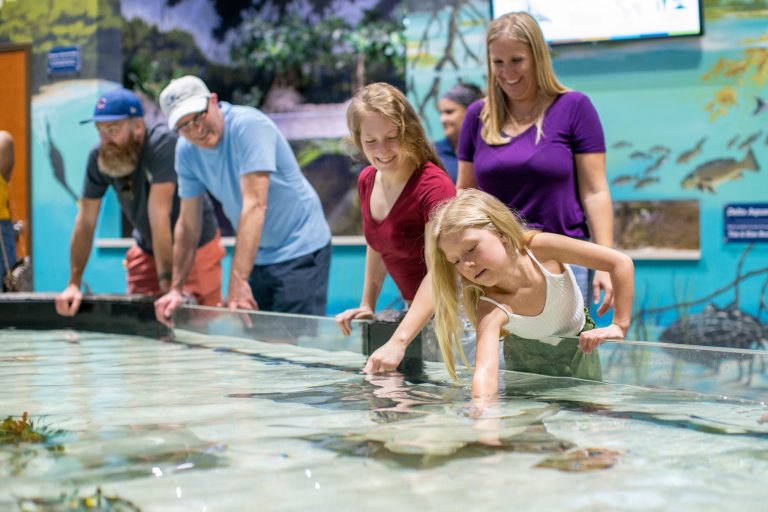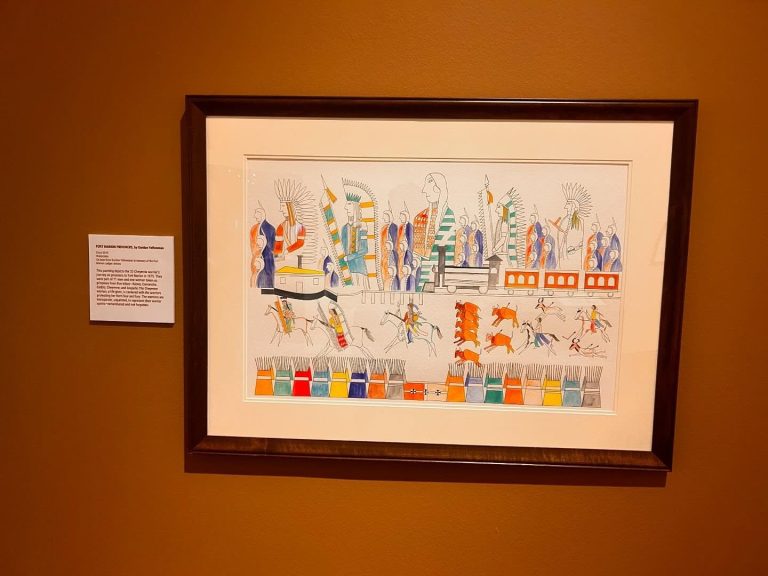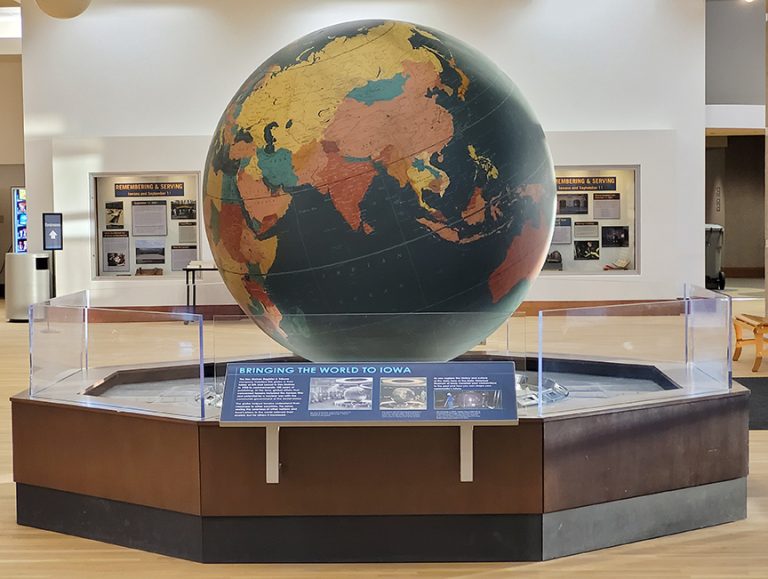The museum’s commitment to environmental education is evident in its range of engaging student programs and field trips. These programs blend history, environmental science, and conservation education, emphasizing the ecological significance of rivers and the connections between inland waterways and the ocean. Students are encouraged to explore interactive exhibits such as “Rivers to the Sea,” which showcases marine biodiversity and addresses the human impact on aquatic environments.
Field trips here typically provide hands-on learning opportunities, including animal encounters and experiences with exhibits like the Tidepool Touch Tank, where students can interact with sea stars and anemones. Conservation and environmental themes are central to many of the museum’s educational offerings, such as lessons on watersheds, climate change, and sustainable ecosystems. Students can also explore exhibits featuring river animals like otters and bald eagles, linking biology with environmental stewardship.
The museum integrates history into its curriculum through attractions like the National Rivers Hall of Fame and artifacts such as historic steamboats. Programs for younger visitors, typically suitable for students in elementary and middle school, often blend STEM elements with history, offering activities such as scavenger hunts and problem-solving tasks that enhance understanding of river ecology. Outreach initiatives and virtual programs are also available, allowing educators to incorporate museum content into classroom settings.
With its dynamic exhibits and educational programs, the National Mississippi River Museum & Aquarium is not just a museum but a cultural and environmental learning hub. These offerings aim to inspire students to appreciate the importance of waterways while fostering a sense of responsibility toward environmental conservation.


